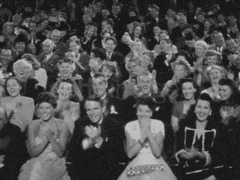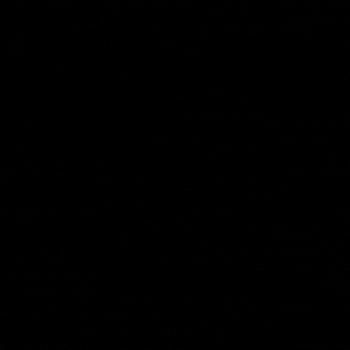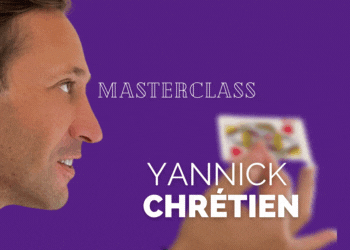Un Tour par Jour durant un An
- Pas de pub non magique pour les membres du Cercle VM. Clique ici pour en savoir plus !
-
Messages
-
Quand les acheteurs de la conférence de @Taha MANSOUR en anglais lâchent des avis, ça ne rigole pas 😵🥰 Voici la traduction de la première de Sean : Comme le précise Taha à une personne dans les Q&R, les conférences en français et anglais sont identiques. Vous avez donc la possibilité de savourer son expertise dans le CR dans notre belle langue. 😉
-
Par Joel GUERTIN · Publié le
Livre en parfait état avec la routine explicative et sa présentation. Adaptation libre de l'effet de Max Maven. 19 € frais d'envoi en SHOP 2 SHOP ou Point RELAY compris. Paiement PayPal possible.
-
-
Statistiques des membres
-
Statistiques des forums
-
Total des sujets84.4k
-
Total des messages680.8k
-





G.Cserhati.thumb.jpg.bdad4a4e1fc94c26790778c65619e95a.jpg)


Recommended Posts
Rejoins la conversation !
Tu peux publier maintenant et t'enregistrer plus tard. Si tu as un compte, connecte-toi maintenant pour publier avec ton identité.